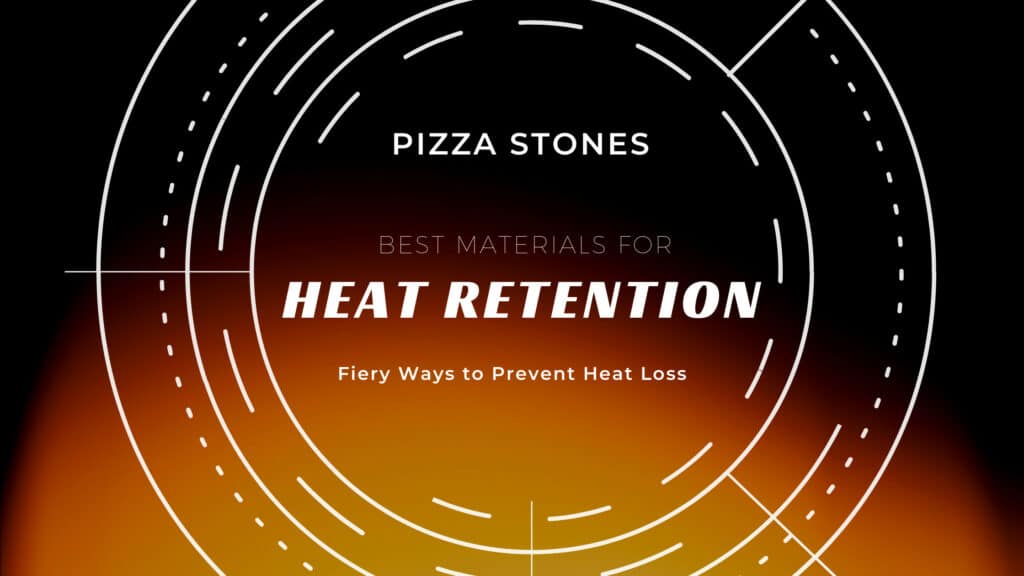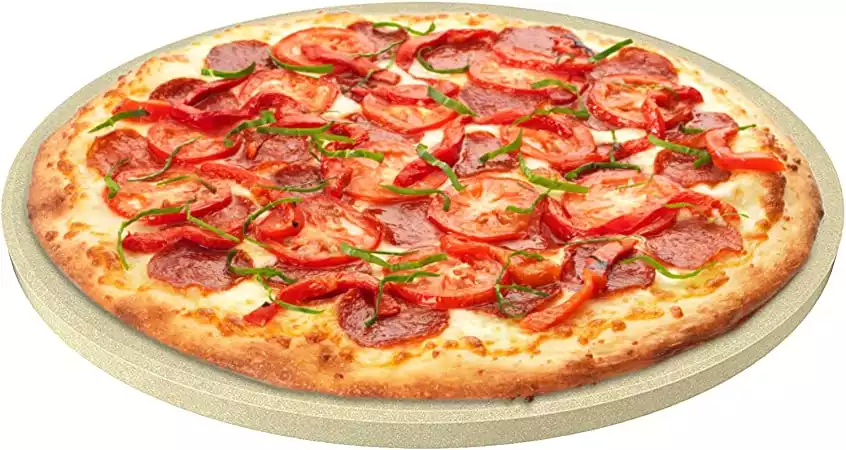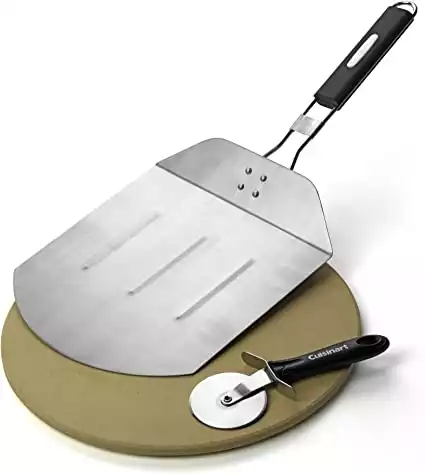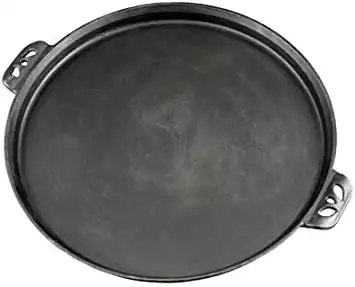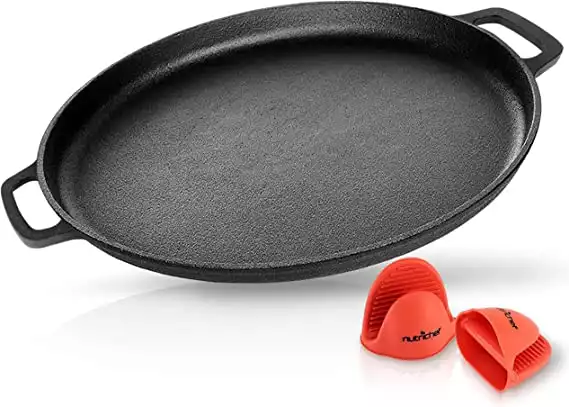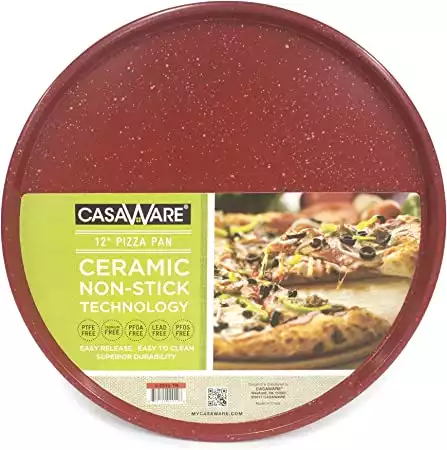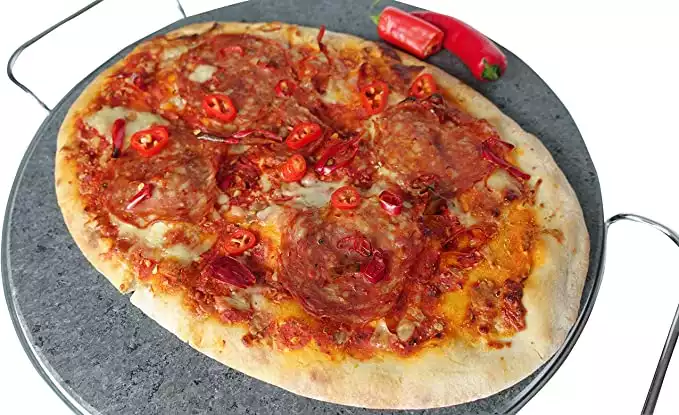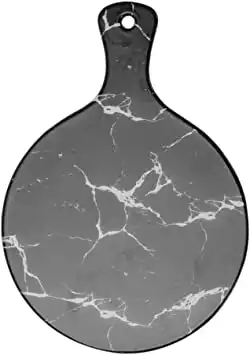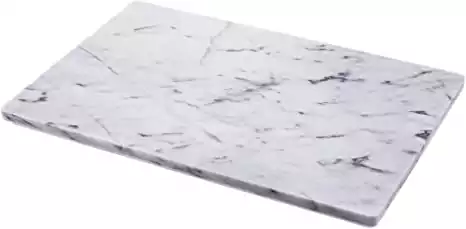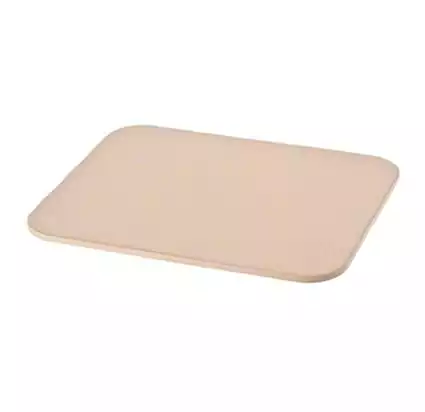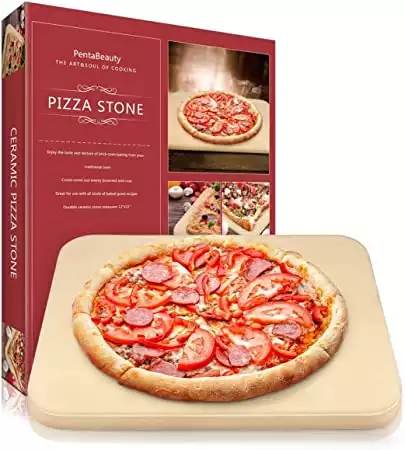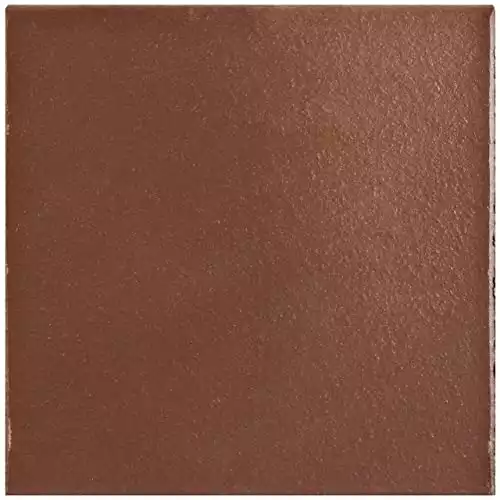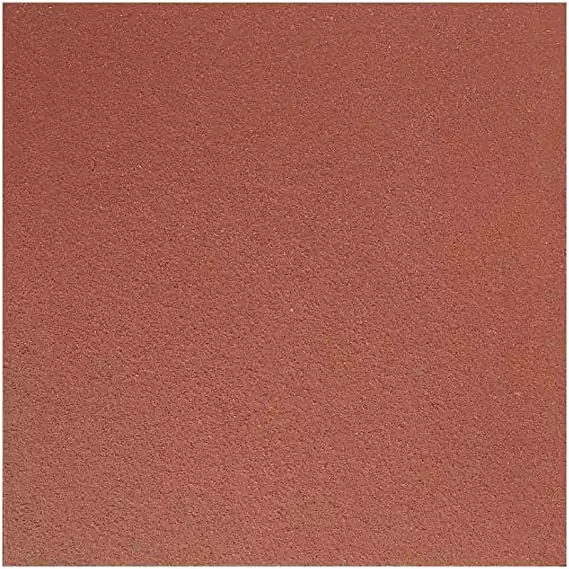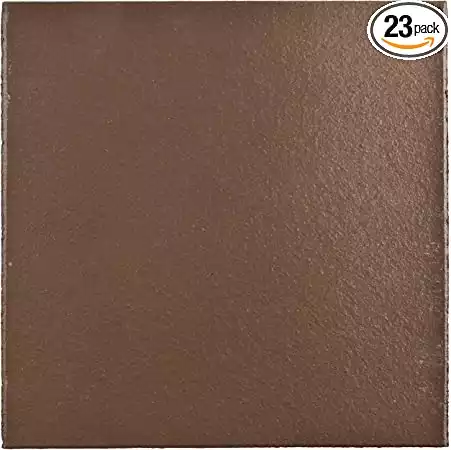Best Pizza Stone Material
Experts generally agree that the best pizzas are baked on pizza stones, but there is not much consensus on what makes the best pizza stone material.
Pizza stone heat retention is a hot topic (pardon the pun) among both amateur and professional pizza chefs.
The best pizza stone material is determined by its heat retention.
So which is the best pizza stone material?
Let’s find out!
Here’s What You Will Find:
Pizza Stone Heat Retention
Pizza stones make excellent pizza because they retain high heat and distribute it equally across the surface.
This results in a speedy cook time, which preserves freshness and flavor, and the even distribution of heat ensures an evenly cooked pie.
Also, pizza stones made of natural, organic materials and remain unglazed have microscopic holes throughout. These pores both absorb moisture as the pizza cooks, giving it a delicious crispy crust, and they also infuse the pizza with the flavors of previously cooked pizzas for a super special seasoning.
Some stones are passed down for generations!
Read on to learn more about what kinds of pizza stone materials are available, their pros and cons, pizza stone heat retention and distribution properties, and which stone might work best for you!
Pro Tip
Choose a pizza stone that will serve your needs. For pizza stones the bigger and thicker the better. Preheat the pizza stone or steel for not less than 1 hr before baking any pizzas.
PIZZA STONES MATERIALS
Cordierite
Known for their thermal shock resistance, cordierite stones can help you bake the crispest pizzas.
They can handle extreme temperatures, and unlike ceramic stones, they won’t break down during temperature transitions.
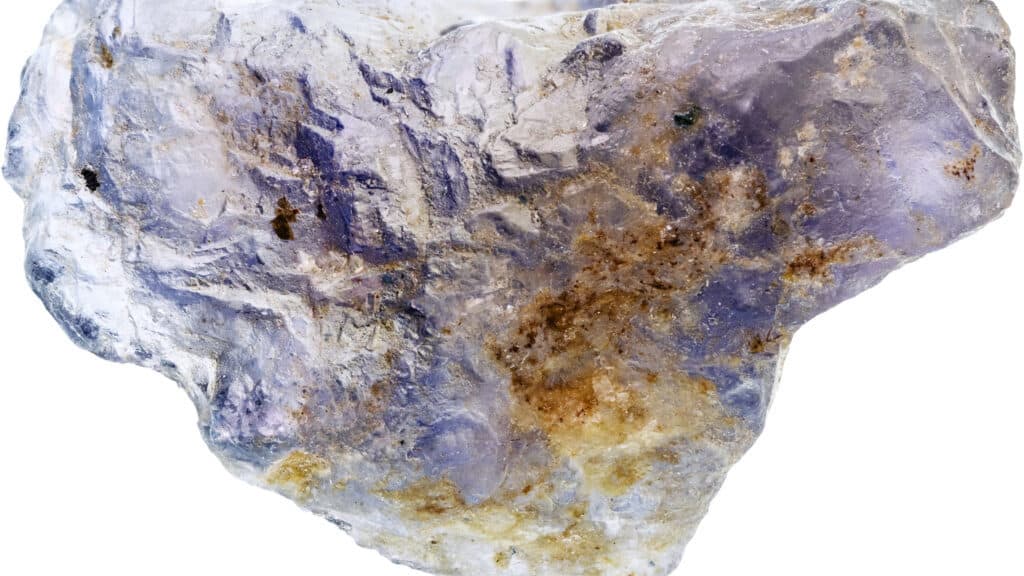
What is Cordierite?
Cordierite is an extremely heat-resistant material; its high heat capacity makes it about 20% more resistant to changes in heat than steel.
Cordierite is also very durable and unlikely to crack, so you don’t have to worry about it while your oven or grill is preheating.
Cordierite heats up quickly and is resistant to shocks. It’s relatively light, making it safer and easier to use.
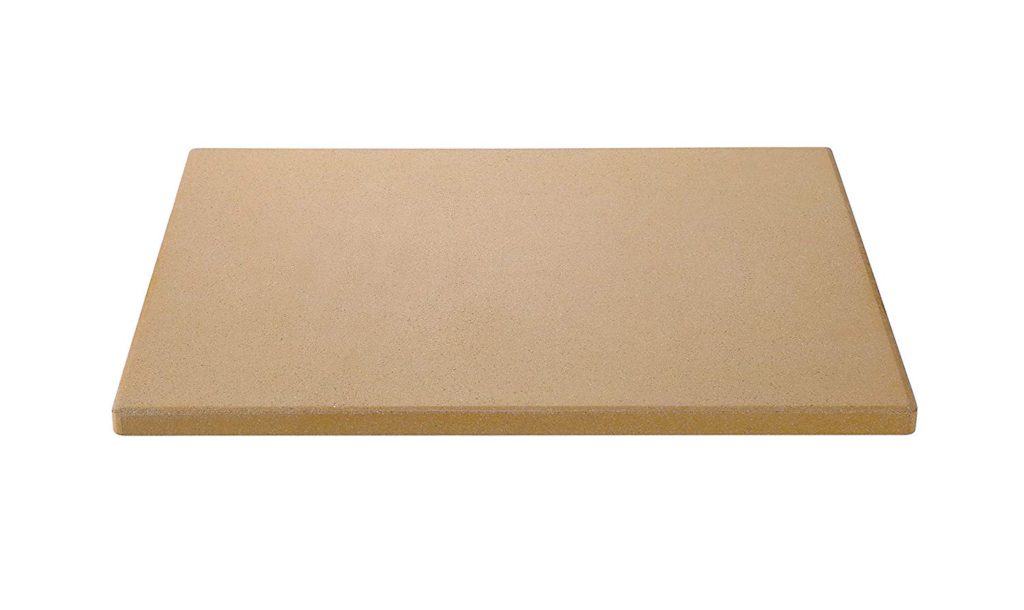
The shelves of pottery kilns are often made of cordierite, so you can feel confident that it can handle anything your home oven can put out.
These are Our Favorite Pizza Stones
Pizza stones can make your ordinary homemade pizza taste like they are from your favorite pizzeria. This can deliver the crispiest crusts with amazing, melting ‘gooey” toppings. Cast Elegance stones are made from a specially designed, premium blend of cordierite that magnifies the heat of a home oven and gives you the performance of a professional brick baking oven right in your own kitchen.
This ceramic pizza stone bakes a crisper, more flavorful, and delicious crust. That's because the stone is heat-resistant to 800° and distributes heat evenly without hot spots, which mimics the conditions of a traditional brick pizza oven.
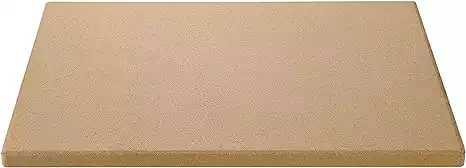 Unicook Heavy Duty Pizza Grilling Stone
Unicook Heavy Duty Pizza Grilling Stone
Unleash the hidden chef in you with the Unicook Heavy Duty Pizza Grilling Stone. This exceptional tool, crafted from durable cordierite material, promises to transform your homemade pizzas into culinary masterpieces. Its thermal shock resistance ensures that it can withstand extreme temperatures, from the high heat of your oven or grill to the cool countertop post-baking.
Heat resistant up to 1,450°F (787°C).
The Unicook Pizza Stone evenly distributes heat for a consistently crisp and beautifully browned crust every time, while its porous surface absorbs excess moisture, bidding goodbye to the dreaded soggy crust. Its considerable size makes it perfect for baking family-sized pizzas, bread, biscuits, and more. Step into a world of unmatched flavor and crispness with the Unicook Heavy Duty Pizza Grilling Stone—your gateway to a home pizzeria experience.
Pizza Pun
What freezes when you heat it up?
– Your computer
Cast Iron
If crispy and crunchy crusts are what you look forward to, a cast iron pizza stone might be a truly valuable addition. Baking a restaurant-style pizza is a breeze, thanks to nifty little tools!
The best part: you can also double up your cast iron pan like a pizza stone.
The most defining point of cat iron stones is that they heat up really well, leaving you with a crunchy exterior.
They also feature handles, making way for ease of use and convenience. Again, cast iron is practically impossible to tamper with.
Unlike your clay or ceramic pizza stones, these devices won’t ever crack, no matter how hot your oven is.
Finally, the biggest takeaway of these stones is that they are super simple to clean. All you need to do is wipe them off with a clean towel after seasoning them with a dash of oil and salt.
With these stones in place, you can bid adieu to scrub forever!
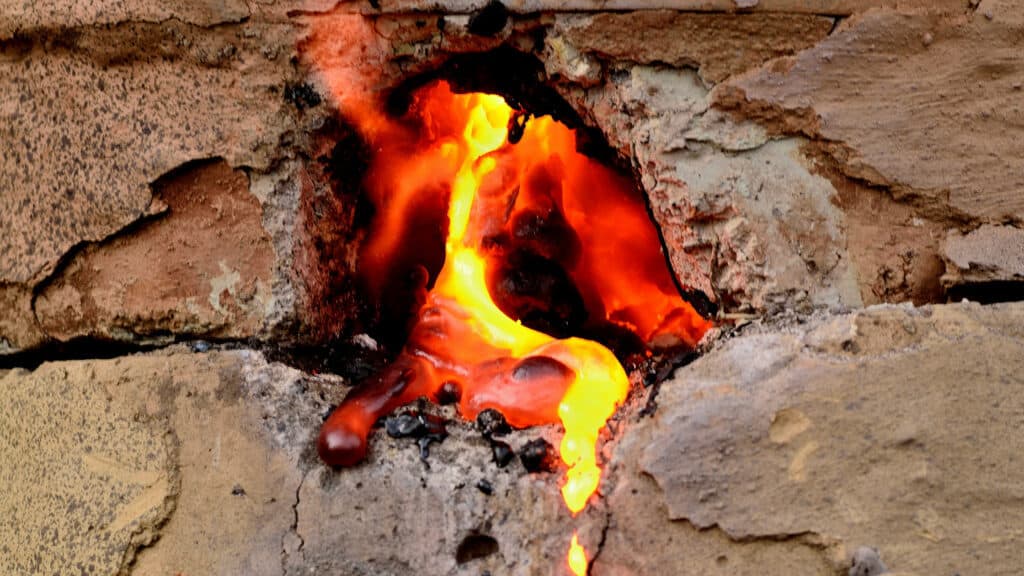
Cast iron is an excellent pizza stone material since it heats up quickly and retains heat exceptionally well.
It is almost impossible to break or crack a cast-iron, so you can even slam it around if you are so inclined!
Some cast-iron skillets and pizza pans have a recommended top end of about 400 degrees, which is lower than desired for pizza, but we don’t see why that should be treated as if it was set in stone.
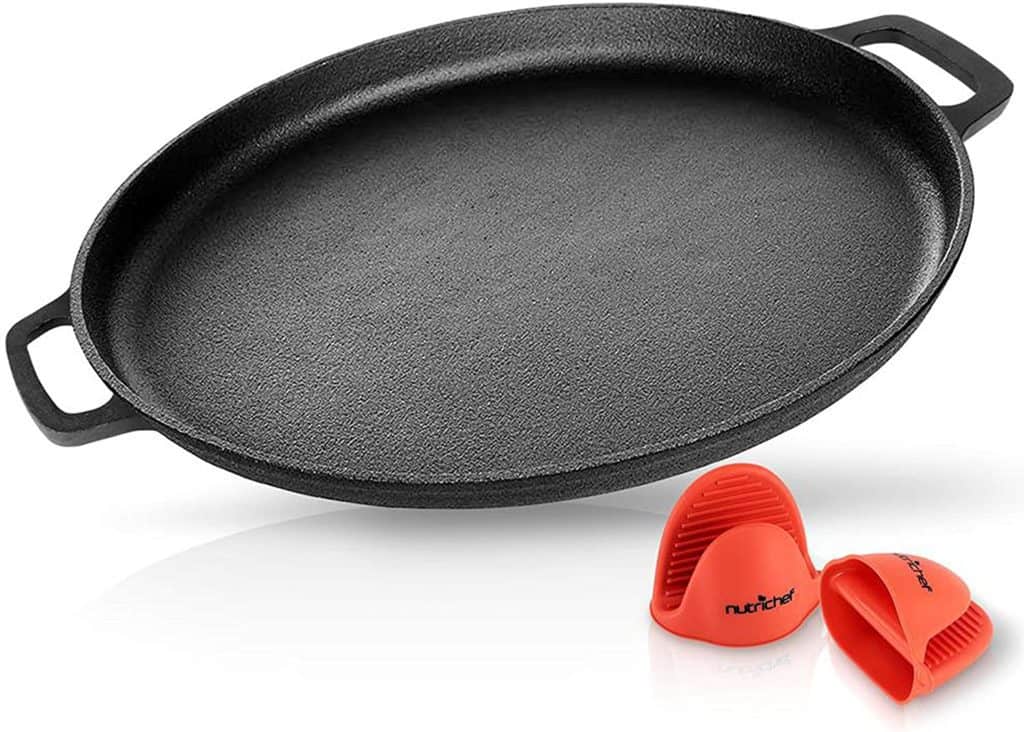
Do be warned that cast iron is quite heavy, and it will be hard to move around a big stone made of it.
These are Our Favorite Cast-Iron Pizza Pans
This true-seasoned cast iron 14" pizza pan. This makes for a perfect pizza, anytime and anywhere. It works great for indoor and outdoor cooking. Its two handles make for easy maneuvering.
Pre-seasoned Cast Iron Flat Pan - Durable and Versatile Non-Stick Pan - Great for pizza - Quality Cast Iron Material - Heavy-Duty Side Handles and Deeper Walls - Easy Grip & Curving Handles - Extended Finger Space - Smooth Griddle Surface - Enhances Heat Retention and Dispersion
Made of cast iron, this 14-inch pizza pan can stand the test of time with proper care. It is almost indestructible and can even tolerate sudden changes in temperature. It is able to handle even the highest cooking temperature in the oven without chipping or cracking.
Granite
Granite stones are known for their heat retention and heat absorption properties. Available in many designs, they can double up as a serving platter.
These pizza stones are also scratch-resistant, durable, and easy to clean. The downside? They do not absorb moisture, so you might not get the crunchiest crusts.
While granite is not as good at retaining heat as some other pizza stones, it is pretty attractive and does not stain, so you can use your pizza stone as a serving platter.
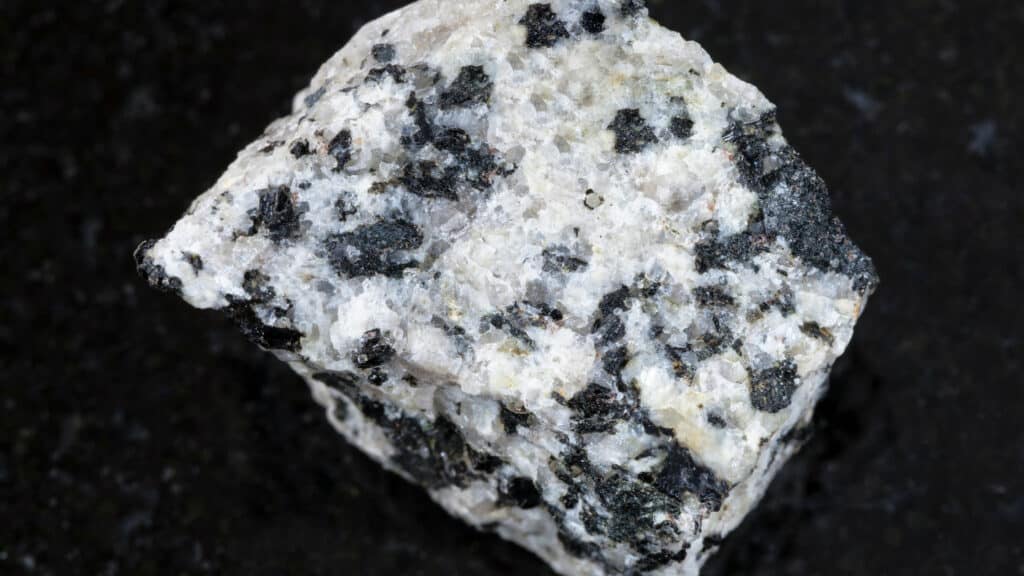
Granite feels cool to the touch when it’s not in the oven, so you can roll and shape your dough on it.
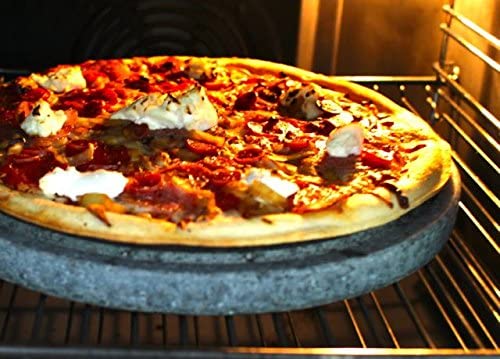
These are Our Favorite Granite Pizza Pans
The 12-Inch Pizza Pan is the perfect size for both toaster ovens and conventional ovens. What can we say but Bon Appetit! Enjoy delicious pizza, fresh or frozen, baked in oven or toaster oven! Finally! The pan has two layers of ceramic coating that make it both durable and easy to clean.
This pizza stone is a must-have for anyone who is fanatic about eating and cooking pizza. Our pizza stone has many exciting features such as the famous Black Rock Grill heat-absorbing granite.
The Emile Henry glazed pizza stone is made of all-natural materials and is manufactured using Emile Henry's proprietary Flame Technology. The pizza stone can withstand high oven temperatures. The glaze is micro-crazed contributing to crispy well-baked crusts, just like a pizza oven.
Steel
Steel is better at conducting heat than the traditional pizza stone. Because of that conductivity, the pizza crust cooks faster and more evenly at a lower temperature, resulting in a beautiful, thin, crispy crust.
But why is steel a better conductor than stone?
Here’s the scoop. We know from seventh-grade science class that steel is a great conductor. We’ve learned that it stores more than 18 times the amount of energy — heat — than a stone can store.
The steel transfers that heat so quickly that pizza can be fully baked in a home oven in about 5 minutes — less than half the time of a traditional pizza stone.
Like Cast Iron, Pizza Steels heat up quickly and can retain the heat for a long time. The main advantage of Pizza Steels and Cast Iron, for that matter, is that they can release heat very quickly, cooking your pizza that much faster.
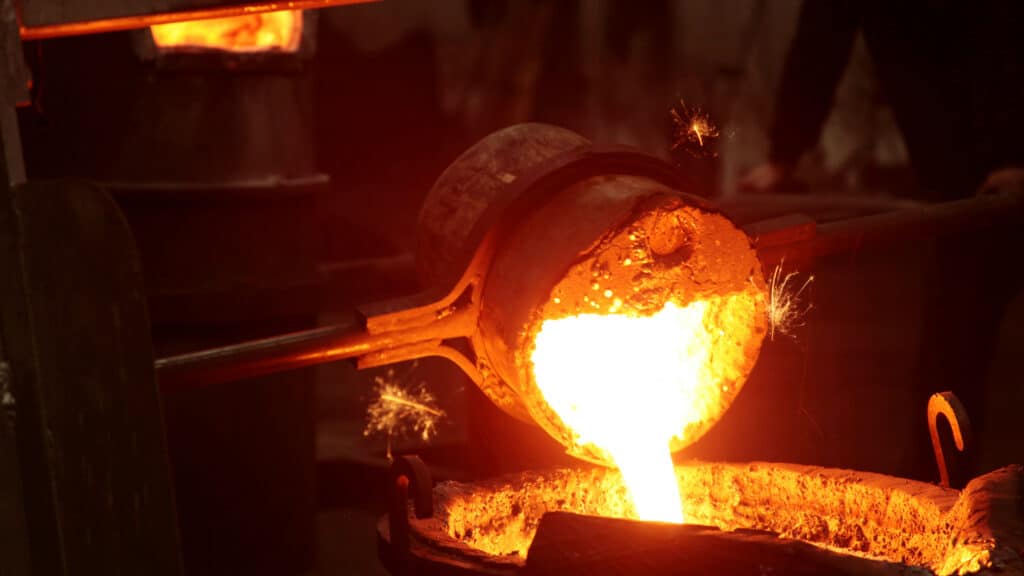
Pizza Steels are better than cast iron at this, but they also retain a little less heat.
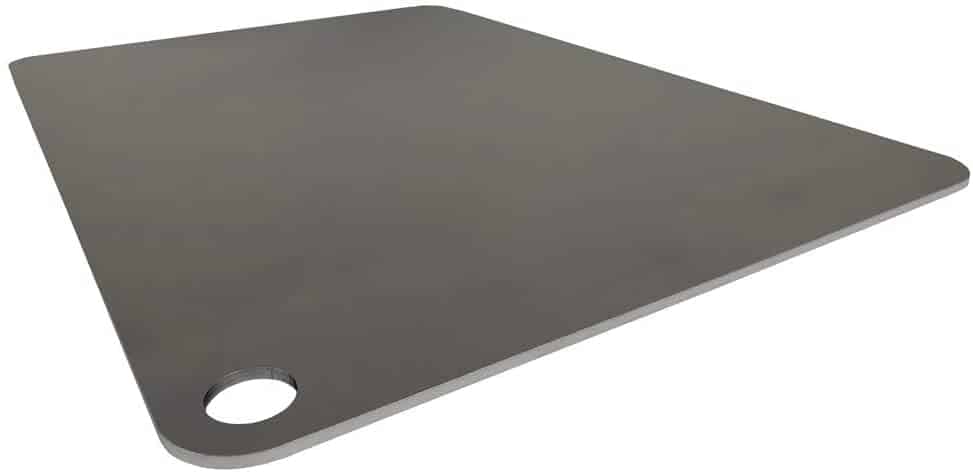
The pizza steels are often thicker at about 3/8th in. to increase the heat they can hold. Due to this extra thickness and their slightly higher density.
Pizza steels tend to be heavier than most other pizza stones. Pizza Steels are also a great DIY project if you want custom dimensions for your pizza steel.
These are Our Favorite Pizza Steels
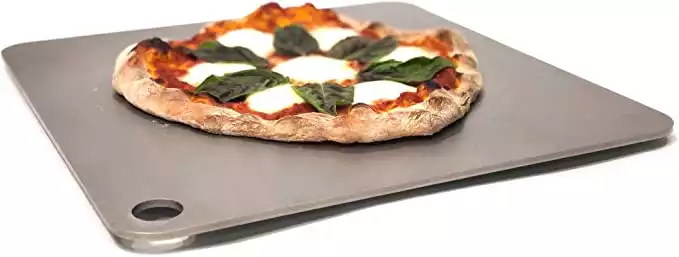 Thermichef by Conductive Cooking
Thermichef by Conductive Cooking
Restaurant quality pizza is now achievable without an expensive brick-oven stove or stone. Introducing the ultra-conductive Square Pizza Steel from Conductive Cooking! We made the ultimate cooking plate for home chefs to help them create the perfect brick-oven like pizza.
The Original Baking Steel is your secret weapon for recreating pizzeria-quality pizzas right in your home kitchen. Crafted from ultra-conductive steel, this game-changing tool captures and radiates heat with remarkable efficiency, ensuring a perfectly crisp, evenly baked crust every time.
It's not just for pizzas; use it for baking breads, roasting veggies, or even searing meats to culinary perfection. Durable, versatile, and easy to use, the Baking Steel is a true champion of home cooking that will elevate your baking game to professional heights.
Say goodbye to soggy, undercooked crusts and hello to the tantalizing taste of impeccably baked goods with The Original Baking Steel!
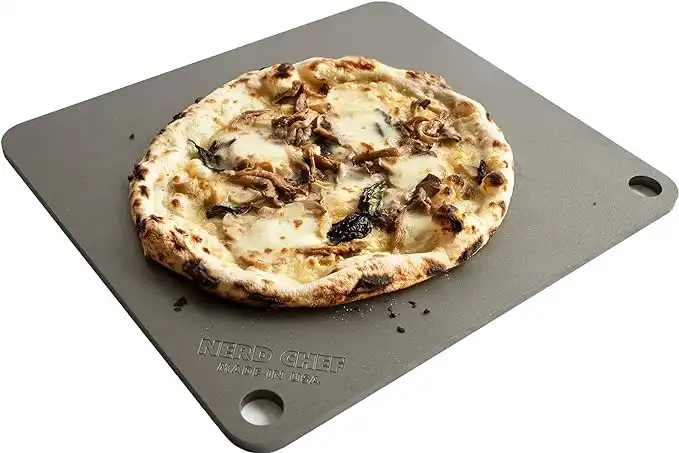 NerdChef Steel Stone
NerdChef Steel Stone
Making great crusts traditionally requires a 700-1000F wood-fired oven. Nerdchef Steel Stone replicates that performance in a home oven with its super-high heat transfer ability - transferring heat energy 20 times faster than ceramic. It creates beautiful and crispier crusts, gorgeous blistering throughout, and it cooks faster.
Marble
Marble pizza stones are incredibly delicate and can take ages to clean. Marble will absorb any liquid that you may pour-over. If you drop pizza sauce, it will be stained.
However, this might be a good option if you are looking for a cheap pizza stone for occasionally baking pizzas.
Marble stones take ages to heat up; although they are somewhat durable, you wouldn’t want to count on them. Cleaning them is equally exhaustive.
Like granite, marble has a cool surface for kneading and shaping the dough.
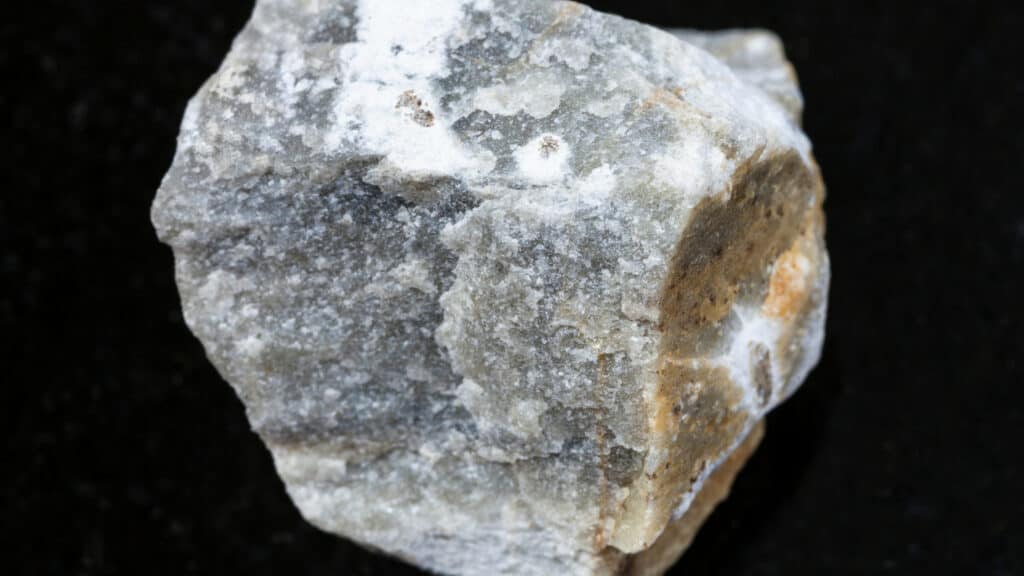
Once heated through, marble retains heat much better than most other types of pizza stones, though due to their porous nature, this can be quite unpredictable.
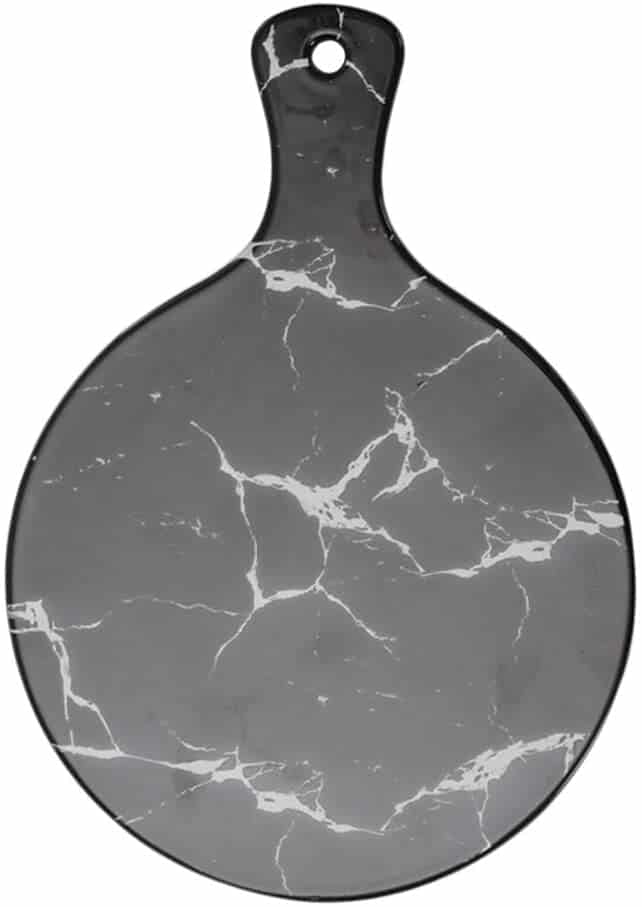
However, all these pores make the marble extremely light. Marble pizza stones are not often available in stores, but they can be a great DIY project.
These are Our Favorite Marble Pizza Pans
This marbled plate is made of reinforced marble. Beautiful and elegant, it is the best companion for food. Comfortable handle: This tray has a handle with a hole, the handle has a mechanical arc design, is comfortable to hold, and can easily move food.
This marble is harvested from real quarries and not made from artificial filler or composite materials. This leads to better thermal properties that help to retain cold (or hot) when using.
The very first step in baking is to knead the dough properly; and when you are engrossed in it, chances are there you may end up making your kitchen counter a total mess! Would you like to spend hours cleaning up the area, or enjoy gorging into your freshly baked food? We bring to you our marble pastry board – your best baking partner!
Ceramic
Ceramic pizza trays are created through a rigorous clay baking session. Once baked, the clay is then hardened to render a structure.
Most ceramic stones are widely used for heat retention and conduction at high temperatures.
Thanks to these pizza stones, heat is evenly radiated, leaving you with a perfectly cooked pizza.
While ceramic stones are not known to be traditionally durable, they will last a while when you properly care for them. They may be subjected to thermal shock, and you will require extra care while cleaning and maintaining them.
As with claystone, ceramic pizza stones take ages to pre-heat, and they aren’t as potent to handle massive temperature changes.
But then again, these pizza stones are cheap, and if it’s a basic stone that you require, they will turn out as just the right option.
Ceramics is a classic in the kitchen, so many experienced cooks are very familiar with its properties and are very comfortable cooking with it, which is a good thing.
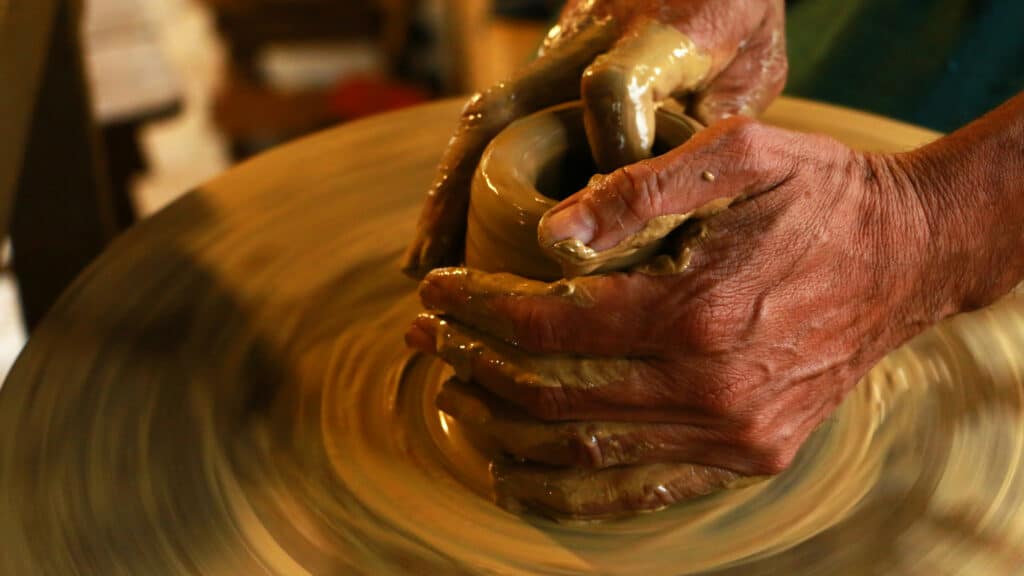
Ceramic tends to be relatively budget-friendly, so it’s an excellent choice for a family kitchen; it will take frozen pizza nights to a new level! Ceramic heats evenly, which is very nice, but it does tend to crack if you don’t take preheating seriously.
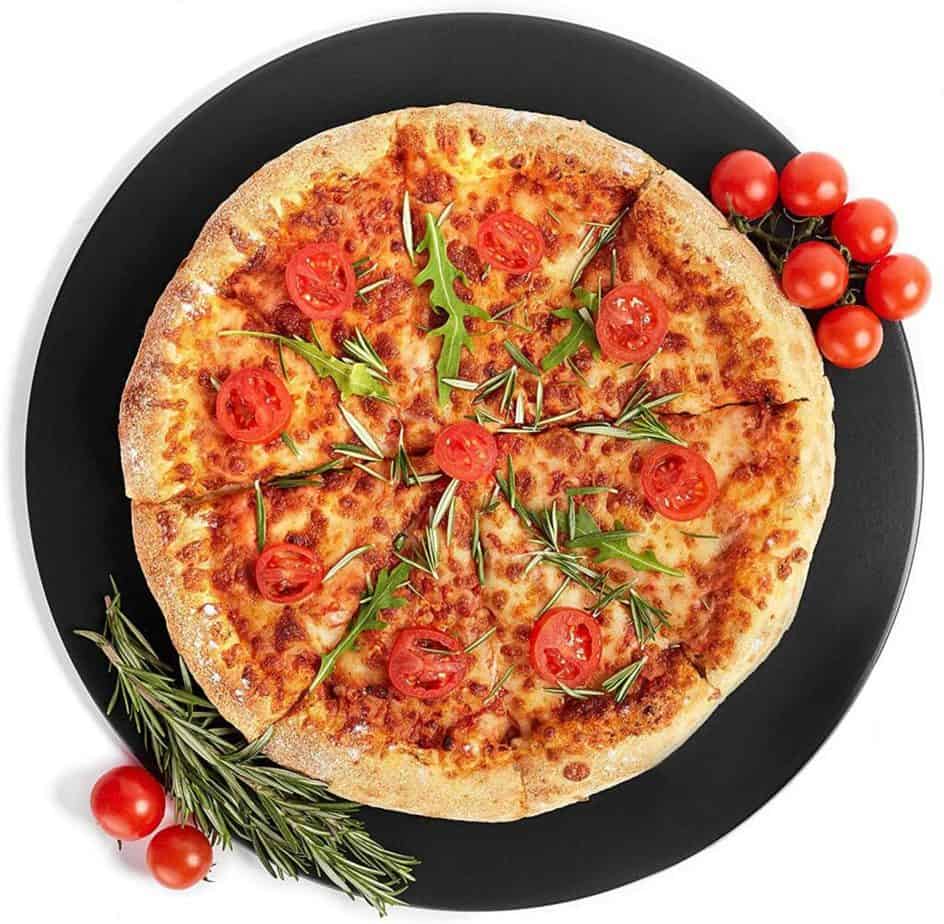
These are Our Favorite Ceramic Pizza Pans
This designed perfect heat shock-resistant baking stone is made of all-natural Cordierite stone, sintered in 2100°F kiln for hours, a feature of superior strength, durability, heat retention, and excellent thermal shock resistance.
This pizza stone for oven pre-heats twice as fast as other pizza stones on the market. It thoroughly cooks homemade pizza at quicker baking times and produces a much crisper crust. The tapered edge allows for easy serving. The baking stone is coated in a non-stick glaze that prevents the crust from fusing to it and creating a mess. It does not stain from grease or burnt crust and washes easily.
Quarry Tile
Unglazed quarry tiles might be your best option if you are looking for a cheap, DIY option for baking pizzas. Ideally, you will need four eight-inch tiles to make a large pizza tray.
The pizzas baked on these tiles are super crunchy and ideal for making thin-crust pizzas.
The downsides?
Most of these titles aren’t very durable and take ages to heat up. While the regular cracks on the tiles may render an authentic taste to your pizzas, cleaning them is nothing short of a nightmare.
It can be very tempting to try to DIY your pizza stone with a piece of tile from a quarry or even a home improvement/hardware store, and there’s a good chance that it will work just fine!
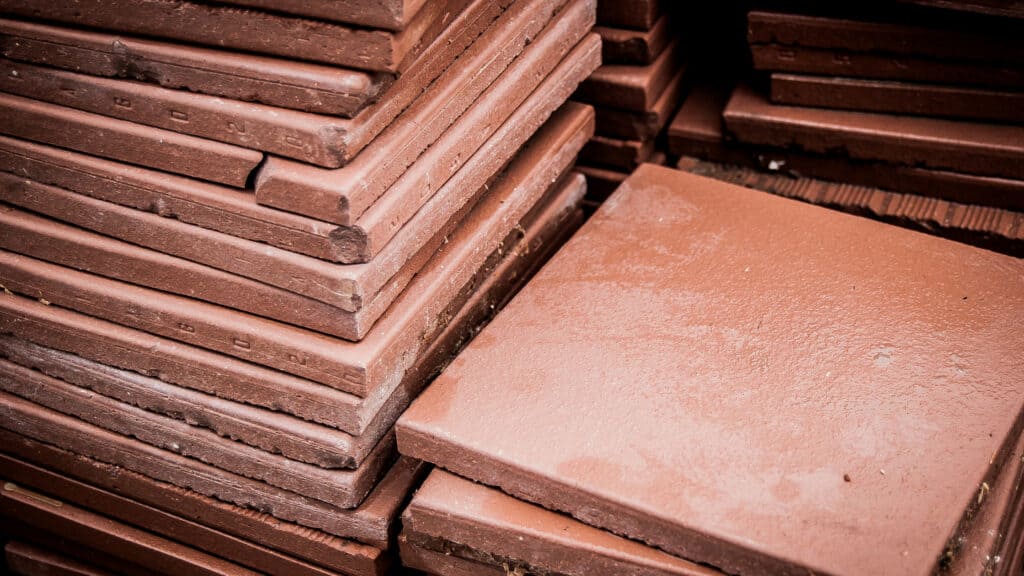
They are even less costly than traditional clay pizza stones, and you have a good selection of shapes and sizes.
A tile pizza stone shares most of the same pros and cons as its clay cousins, although it may be even more likely to break.
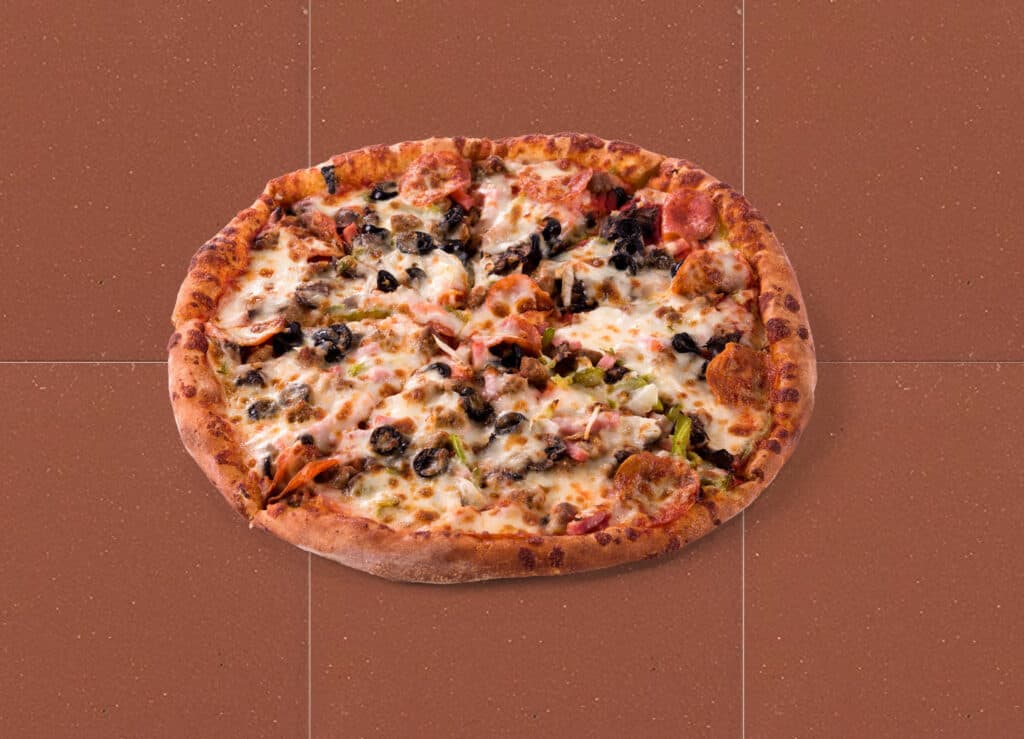
The main drawback is that stones from a quarry can be highly variable in heat retention, as many kinds of stones are mined.
Make sure you select an unglazed stone, as the glaze used on floor tiles is not food-safe.
These are Our Favorite Quarry Tiles
Crafted from high-quality ceramic, matte red quarry look. Indoor or outdoor and commercial and residential use, the tile is perfect for the kitchen.
Made from ceramic with a textured stone visual. An eco-friendly product that uses recycled materials Medium shade variation gives the tile a slightly varied appearance.
This unglazed natural quarry tile gets its rich color from the natural makeup of the clay and through the firing process.
Pizza Stone Heat Retention Comparison
We used a specific heat capacity value to compare the heat retention of different pizza stone materials. This process is a measure of how much energy it takes to raise the temperature of a material.
It measures how long it will take for your stone to heat up and cool down in layman’s terms.
A higher number means that the pizza stone will take longer to heat up and cool down, while lower numbers indicate that the pizza stone heats up and cools down faster.
Here is a chart comparing the different values per pizza stone material.
| Material | Specific Heat Capacity (J/g-°C) |
|---|---|
| Marble | 1.2 |
| Cordierite | 0.9 |
| Ceramic | 0.85 |
| Quarry Tile | 0.8 |
| Cast-Iron | 0.506 |
| Steel | 0.475 |
| Granite | 0.3 |
*Please note that we are pizza bakers, not scientists. The information regarding the individual properties of these materials provided in these charts was obtained from matweb.com.
Our opinion is primarily based on our experience with these pizza stone materials; the numbers are for informational purposes only.
Pizza Stone Material – Other Considerations
It is essential to keep in mind the dimensions of your pizza stone.
A thicker pizza stone will be able to retain more heat than a much thinner stone. But it’s not only the thickness that matters; a larger pizza stone will be able to hold more pizza for any potential guests that you might have.
Also, pizza stones with high heat retention may be better for making many pizzas in one night since the stone will not cool down as much.
However, if you are only planning to make one or two pizzas a night, it might be better to have a pizza stone with low heat retention since it will heat up faster and be handled much sooner.
While this article focused on the heat retention of different pizza stone materials, it is also essential to consider other stones’ weight and durability. If you intend to move around your pizza stone, it may be worth considering a lighter pizza stone at the cost of heat retention.
However, if you know you will not move your pizza stone any time soon, you can afford to get a heavier pizza stone as you will only have to move it a few times.
The durability of a stone matters too, these pizza stones will go through many heat cycles in their lifetimes, stressing the stone, so it is essential to know that they can go the distance.
Another critical factor is the amount of moisture that a stone can absorb.
Stones made of metal, granite, or marble will not be able to absorb as much moisture as ones made from more porous materials. This can make your pizza soggy or make it take longer to cook the crust fully.
Ways to Retain Heat on Your Pizza Stone
- Know your temperature; get yourself an infrared thermometer and precisely the temperature of the stone and the oven walls, and quickly identify hot and cold spots.
- Pre-Heat the Stone or Steel for the time required before cooking your pizza
- Do not open the oven unless it is extremely necessary
- Add fire bricks to the surroundings of your oven and pre-heat them along with the stone or steel.
Pros and Cons of Pizza Stone Materials
Here is what we like and what we don’t like about each of the pizza stone materials. Hopefully, it will help you make a better decision about the best pizza stone material for you!
Pizza Stone Materials Advantages and Disadvantages
| Material | PROs | CONs |
|---|---|---|
| Marble | – Ultimate Heat Retention -Can be used as a serving platter | – Super time consuming, it takes too long to reach the temperature -Extremely fragile at high temperatures |
| Cordierite | -Best Heat Retention -Not too heavy | -Requires Maintenance -May Crack due to shock |
| Ceramic | -Similar Heat Retention compared to Cordierite – Lightweight – Inexpensive | -Extremely fragile, will break at high temperature |
| Quarry Tile | -Inexpensive -Retains Heat slightly lower than Cordierite and Ceramic | -Not Meant for Food -Do not hold them in place; they will move when you reach the pizza with the pizza peel. |
| Cast-Iron | -Versatile Uses other than pizza -Inexpensive compared to Cordierite -Gives a very nice crust -Durability | -Temperamental, you need to watch it or it will burn the crust -Needs to be cured or the pizza will stick to it -If not maintained, it will get rusty |
| Steel | -Super nice crust -Reaches temperature way faster -No maintenance, no curing – Will last forever | -Due to its heat capacity, it will lose temperature faster than the others -It comes with a higher price tag |
| Granite | -It reached temperature the fastest | -It will break at a high temperature -Loses temperature faster than any other |
Best Pizza Stone Material – Our Choice
While all the pizza stone materials listed above can make excellent pizza stones, we think that cordierite, steel, or cast iron are excellent choices.
However, depending on how many pizzas we will be baking, we often decide which one to use.
Cordierite is engineered for high-heat applications, retains heat the best, and is lightweight and durable, although subject to crack when exposed to sudden changes in temperature. All of this makes it an excellent addition to any pizza kitchen.
Cast iron is the opposite since it is heavy and has a lower heat threshold than cordierite, but it creates a fabulous crust and a great flavor. Most cast-iron pans are designed with handles, making them very easy to use despite the considerable weight, so they will never break or crack.
For us, steel gives you the best of both worlds; it retains heat relatively enough to bake a couple of pizzas, is not heavy, and it will not break.
Our rule of thumb is if were are making 1-2 pizzas, we go for pizza steel; if we are baking three or more pizzas, we go for cordierite. But it would have to choose only one; it would then have to be pizza steel.
Why?
It reaches temperature faster, although it will also lose temperature faster than cordierite. We just cook the second pizza for a minute longer if necessary. And the pizza steel is easier to clean and will last forever!
Here’s What the PROs at Homemade PIzza Pro Use and Recommend
The Original Baking Steel is your secret weapon for recreating pizzeria-quality pizzas right in your home kitchen. Crafted from ultra-conductive steel, this game-changing tool captures and radiates heat with remarkable efficiency, ensuring a perfectly crisp, evenly baked crust every time.
It's not just for pizzas; use it for baking breads, roasting veggies, or even searing meats to culinary perfection. Durable, versatile, and easy to use, the Baking Steel is a true champion of home cooking that will elevate your baking game to professional heights.
Say goodbye to soggy, undercooked crusts and hello to the tantalizing taste of impeccably baked goods with The Original Baking Steel!
Additional Pizza Stone Resouces
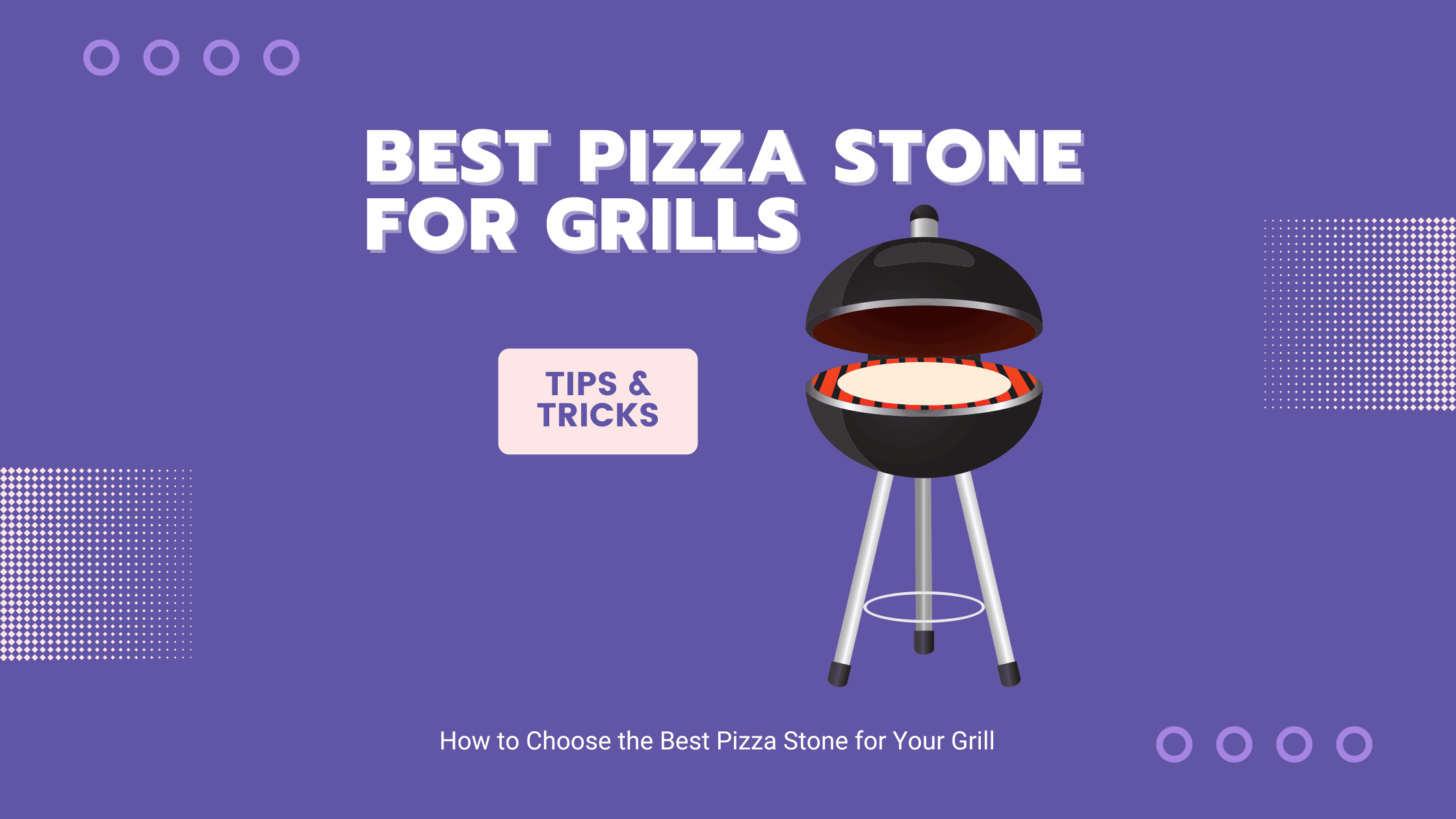
Best Pizza Stones for Grills in 2023
the PROs
Best Pizza Stones for Grills Do you know which is the best pizza stone for a grill? Pizza stones for …

Cooking Frozen Pizza on a Pizza Stone: How to Achieve a Crispy Crust Every Time
the PROs
If you’re looking to elevate your frozen pizza game and achieve that perfect crispy crust, then cooking frozen pizza on …

How to Use a Pizza Stone on a Grill (#1 Beginner’s Guide)
the PROs
How to Use a Pizza Stone on a Grill Quick question: do you know how to use a pizza stone …
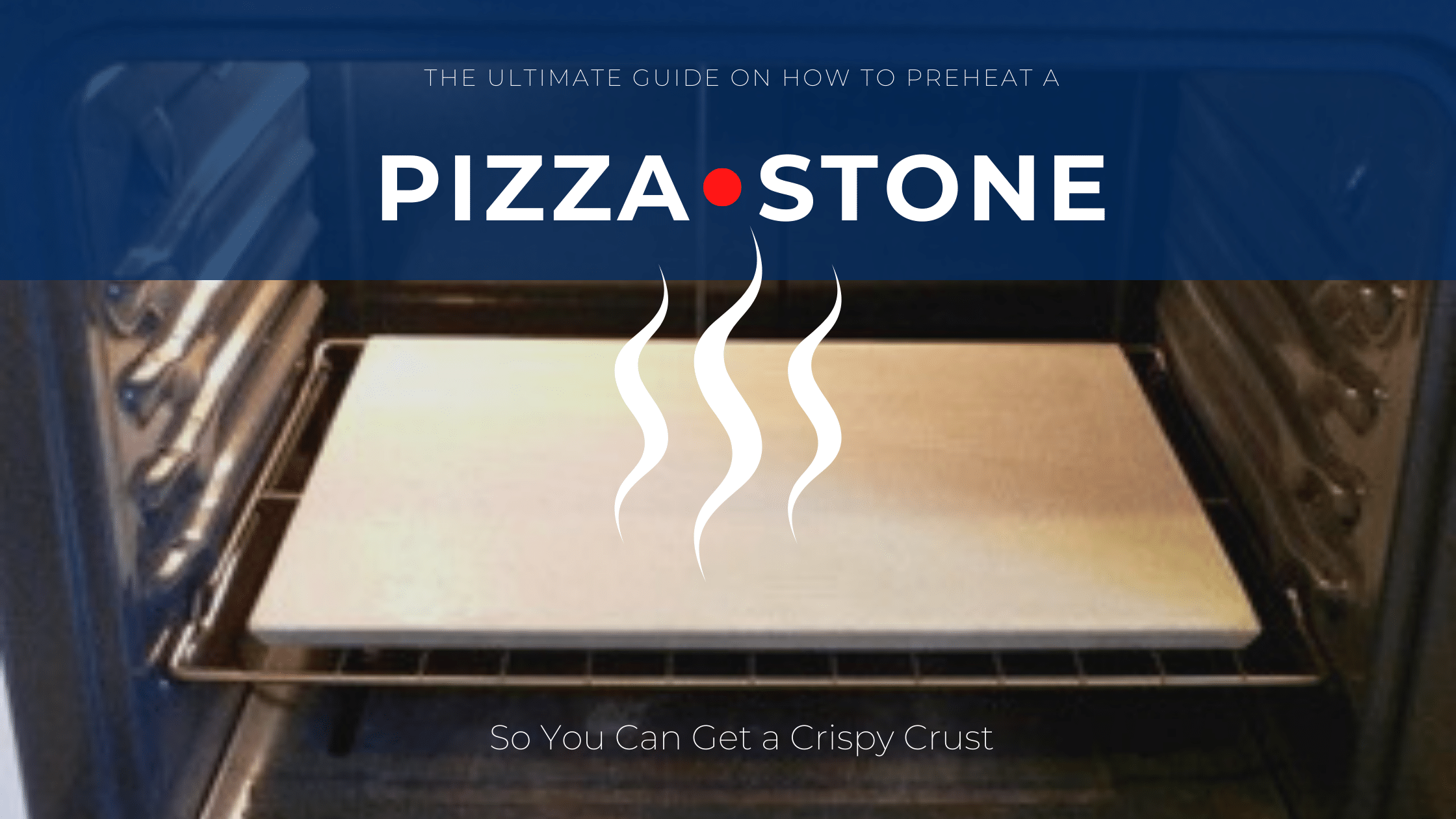
How to Preheat a Pizza Stone: The Ultimate Guide
the PROs
It’s a universally acknowledged truth that nothing quite matches the tantalizing aroma and delectable taste of a homemade pizza, crisped …
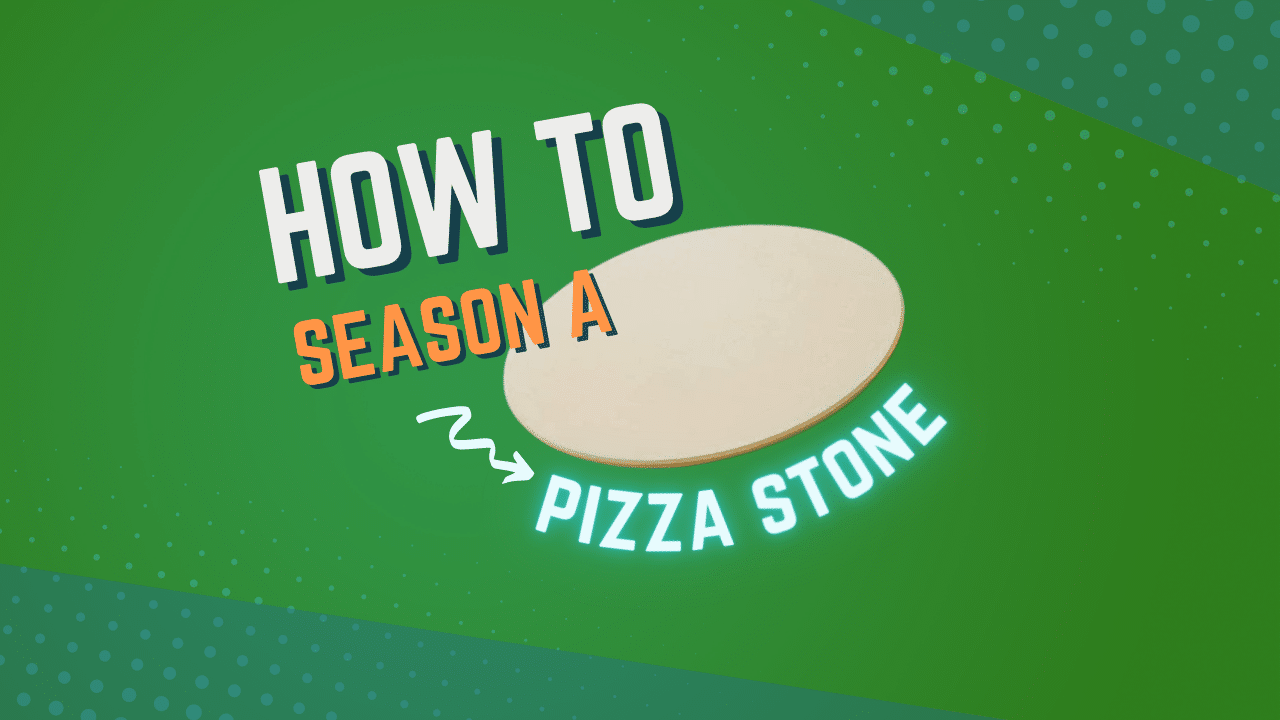
How to Season a Pizza Stone the Right Way!
the PROs
How to Season a Pizza Stone Are you wondering how to season a pizza stone? Today, we’ll look at how …

Everything You Need to Know on How to Use a Pizza Stone for the First Time
the PROs
How to Use a Pizza Stone for the First Time If you are a pizza lover, you may wonder how …
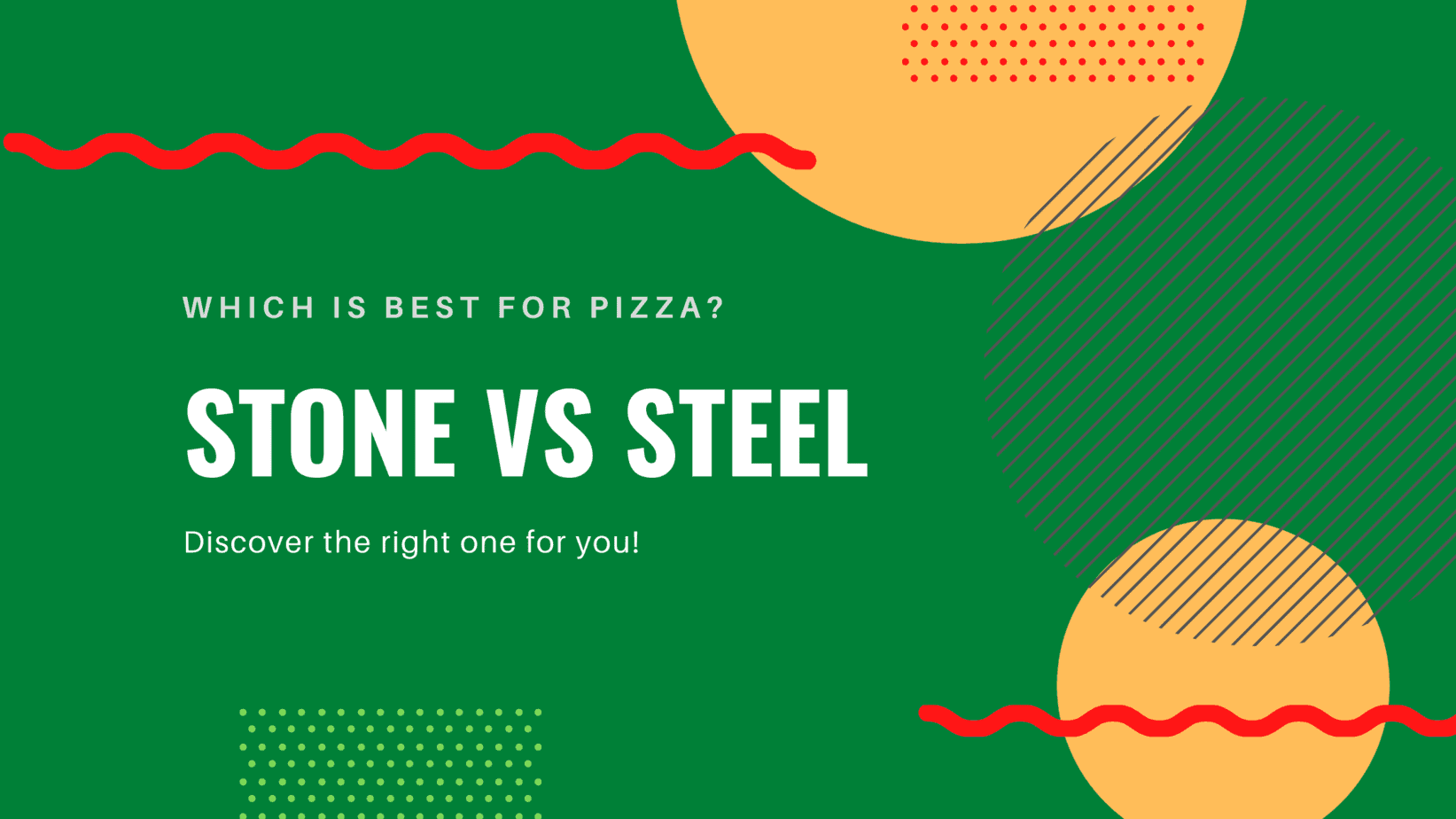
Pizza Stone vs Steel: Discover Which One You Need to Make the Perfect Pizza!
the PROs
Discover the difference between a pizza stone and pizza steel, why you need one, and find which is best for you for the perfect pizza!

Insanely Powerful Pizza Stone Alternatives that will Give You the Best Crust
the PROs
Find 15 alternatives for a pizza baking surface. You may be surprised as some of them you may already own and some may take you for a spin.

What is a Pizza Stone? Discover the Secret to Perfect Crust Every Time!
the PROs
Do you want to achieve the perfect pizza crust? Now you can. This revamping tool will be the key to the crust you crave.
The Last Slice
It’s often been said that there’s no such thing as a bad pizza; we’re not sure that we’d go quite that far, but it’s indeed hard to make pizza truly bad and pretty easy to make it good.
But when you want to surpass good and go for great, the suitable pizza stone and/or steel is a crucial step in that direction! So tell us what you think, and what has been your experience with any of these materials. Which one gives you the best crust and allows you to make as many pizzas as you want.
Enjoy!
Not a PRO? Not a Problem!
Take a pizza class to bring your pizza skills to the next level,
so you can be a PRO!
Related Posts

Costco Pizza Delivery: Find How You Can Get It Now!
the PROs
People go to Costco’s food court for many different reasons, but the cheesy slice of pizza they serve is among …

Pizza for Beginners: Don’t Buy Pizza, Make It! Here’s How to Get Started!
the PROs
You have this idea that you want to make pizza at home as opposed to ordering it, but where do you start? Don’t worry! Here you will find answers and directions to all your questions.

Pizza Toppings Under Cheese or Over Cheese? [Why the Order Matters]
the PROs
Is Pizza Cheese on Top or Bottom? Hey pizza lovers, are you wondering if you should layer pizza toppings under …
Newsletter
Subscribe to our Recipe of the Week newsletter and receive our partners’ latest recipes, tips, and discount offers.
Keep in Touch!
